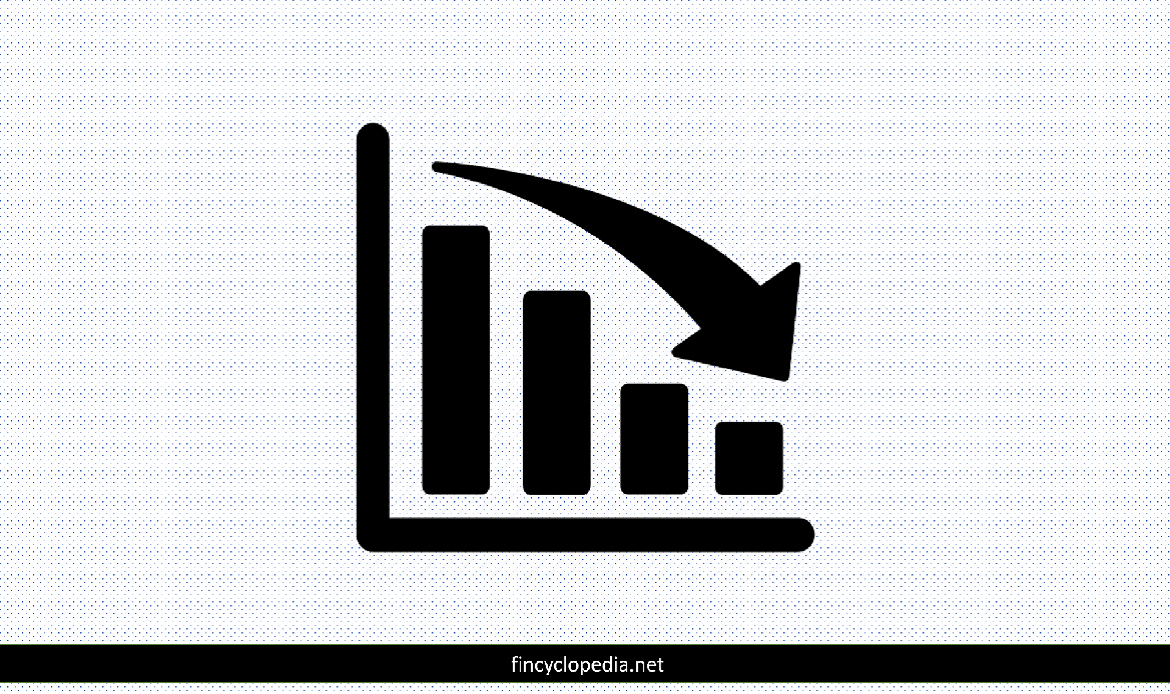A type of risk (financial risk) that arises from potential losses to an investment/ position/ holding/ asset, etc. Regardless of the measure involved, downside risk reflects a worst-case scenario for an investor or holder: how much the investor stands to lose in terms of its invested funds.
Specifically, downside risk captures the situation where the actual return from a position dropping below the expected return, or the uncertainty about the size of such a difference. Risk measures that are used to quantify the downside risk include the standard deviation (a deviation risk measure) that captures both the upside and downside risk. However, downside risk can be measured either using downside beta or by measuring lower semi-deviation.
For a portfolio, downside risk refers to the possibility of the portfolio value being or performing below a relevant benchmark.
In trading, a downside risk may arise from a long forward position taken without an offsetting short position in the underlying asset.




